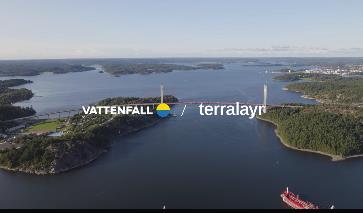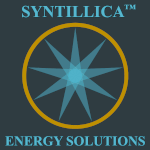
Vattenfall and terralayr have signed a 7-year, 55 MW multi-asset capacity tolling deal - an industry-first virtual battery tolling structure

Energy utility Vattenfall and terralayr are setting a milestone in the power and energy market: with the first known multi-asset capacity toll, the two companies have signed a groundbreaking offtake agreement for a decentralized fleet of battery storage systems. The batteries are developed, built, and aggregated by terralayr through its proprietary flexibility platform. A portion of the total capacity is then operated by Vattenfall in Hamburg under a long-term offtake agreement and optimized in the energy markets.
The seven-year agreement covers 55 MW of capacity drawn from a larger portfolio of terralayr-operated storage sites, spanning eight locations across Germany. The agreement demonstrates how battery flexibility can be scaled efficiently without hardware investment - a model that sets an important precedent for the emerging battery storage industry and contributes to the wider decarbonization of the energy system. Operations across the distributed portfolio are scheduled to begin by the end of 2025.
Innovative structure: Virtual BESS-portfolio replaces single-asset tolling structure
Unlike conventional tolling agreements tied to a single physical asset, this deal is structured around aggregated capacity from multiple decentralized grid-scale batteries.
For the first time, this structure opens large-scale tolling agreements to smaller battery systems - a configuration that was rarely feasible within conventional models. For storage investors and operators, the aggregation of assets and subsequent long-term offtake brings stable revenues and improves financing conditions, contributing to the overall expansion of battery storage in Germany.
In an energy system increasingly shaped by intermittent energy generation from wind and solar, flexible storage is becoming essential for grid stability. The distributed layout of this battery network also helps offset regional inefficiencies in the power market and creates new opportunities for energy optimization.
Battery storage as a strategic lever for Vattenfall
The storage partnership provides Vattenfall with a range of strategic advantages: it enables more efficient integration of renewable energy by balancing fluctuations in wind and solar production — while reducing the need for costly grid interventions. At the same time, targeted optimization of battery assets across energy and balancing markets supports price stability and grid reliability.
terralayr makes storage flexibility available via API
terralayr is responsible for the development, construction, financing, and operation of the physical storage assets. These assets are then aggregated via terralayr’s proprietary cloud-based software platform. A key technical advantage is the streamlined access to capacity: Vattenfall connects to the batteries via a centralized API. This enables efficient management of diverse systems, ensures consistent performance standards across heterogenous assets, and reduces integration effort for future storage additions.
OpEx instead of CapEx: Flexibility without balance sheet risk
Unlike owning or directly leasing a large-scale battery storage system, this model does not require Vattenfall to make significant capital investments or carry lease-related liabilities on its balance sheet. Instead, the service is treated as an operating expense (OpEx) — offering a flexible, scalable, and balance sheet–light solution.
Source: terralayr











